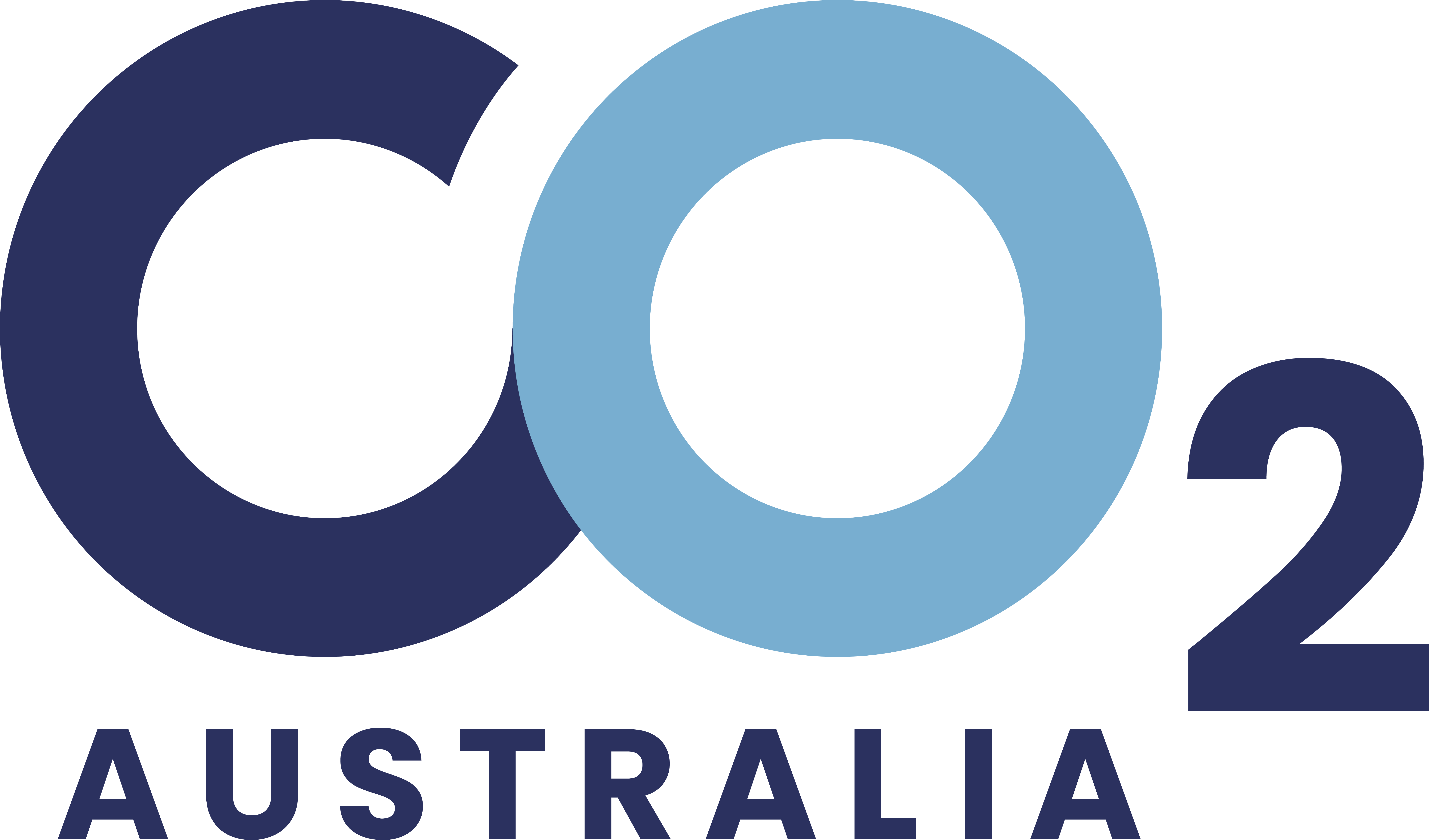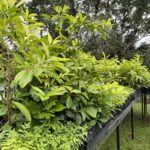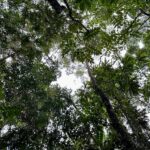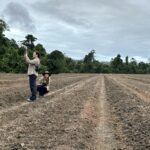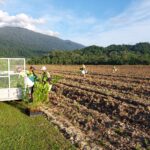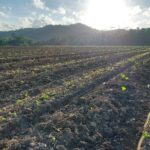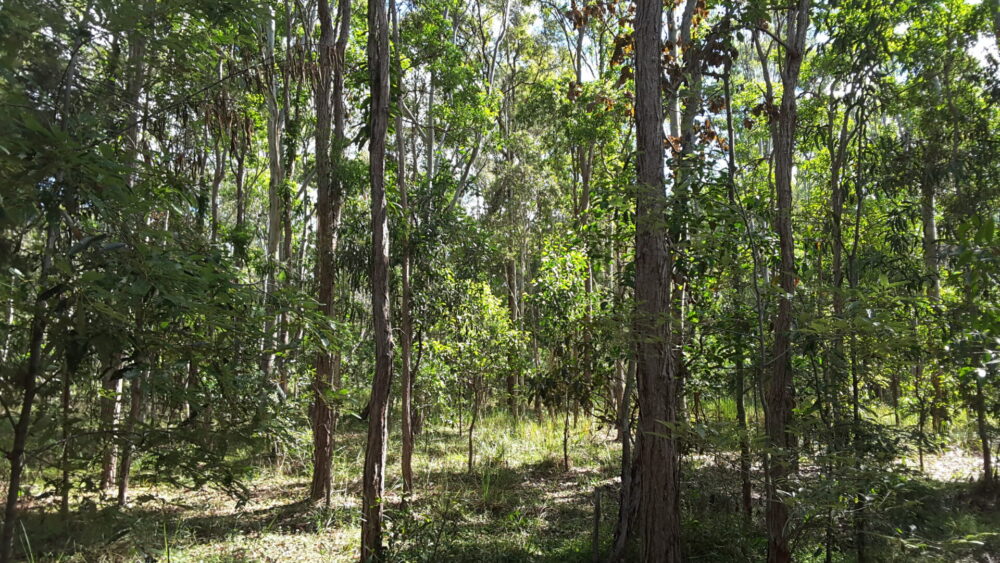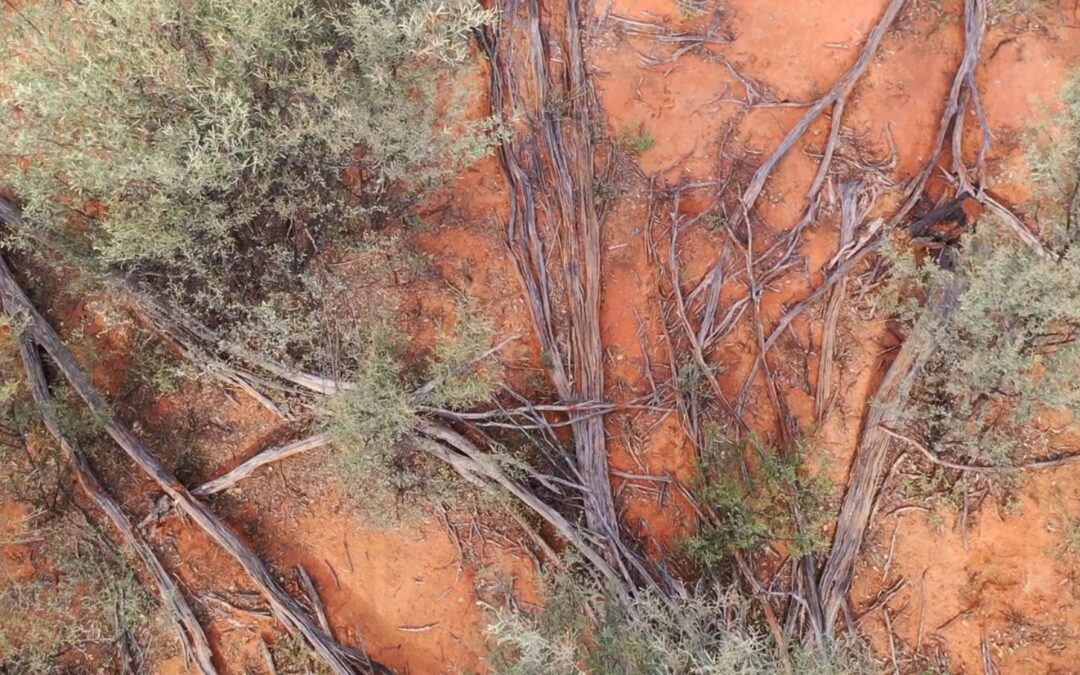
CO2 Australia’s fourth Environmental Account under the Accounting for Nature® Framework
The Saltwater Creek Carbon Project
In September 2021, CO2 Australia achieved certification of Australia’s first Environmental Account by Accounting for Nature (AfN), with subsequent accounts certified in December 2022 and October 2023.
The Saltwater Creek Carbon project is a 25-year, $3.74 million collaboration between Queensland Government and CO2 Australia. Located in the Wet Tropics Bioregion of north Queensland, the project will re-establish approximately 55 hectares of tropical rainforest and eucalypt forest communities endemic to the region. This will involve incorporating 55 rainforest species into the plantings, which will result in improved connectivity between the property and the Mossman Gorge section of Daintree National Park which is part of the Wet Tropics World Heritage Area. Threatened species including the southern cassowary, spot-tailed quoll, common mistfrog and tapping green-eyed frog have been recorded in adjacent properties. This project will also restore habitat and facilitate the dispersal of these threatened species across the broader landscape.
Accredited Accounting for Nature® accredited experts alongside CO2 Australia’s ecologists Dr Cath Bowler and Dr Jarrad Cousin completed all the necessary fieldwork and reporting to support the Environmental Account. This was undertaken using CO2 Australia’s own AfN-accredited Native Vegetation Econd® method. Following a rigorous independent audit, the Environmental Account was certified by AfN in September 2024.
If you would like any assistance with establishing an Environmental Account under the Accounting for Nature® Framework, whether it be for a carbon planting project, grazing enterprise or to track the condition of a natural area estate, please feel free to contact CO2 Australia and we will help you on the path to accounting for nature.
